Andrew Rule: Brutal truths on ‘missing mums’ often very close to home
When a wife or mum “goes missing” many children, having lost one parent, don’t want to lose the other. But how do they block out a truth too terrible to contemplate and accept a barely plausible story?
No one knows for sure what happened to Veronica Green but someone credible must have strong suspicions to persuade police to dig up an innocent house owner’s back yard to look for her remains.
One sure thing in a case full of uncertainties is that they haven’t called in earthmoving machinery to the Ardeer house on a whim. Investigators must have new grounds to dig over old ground for signs of a body.
There is another reason to hunt for the truth at 695 Ballarat Rd this week: it is 44 years overdue.
The police owe it to the family to make up for the blunders of the past, when people could vanish or be killed in odd circumstances and yet be written off as runaways and suicides.
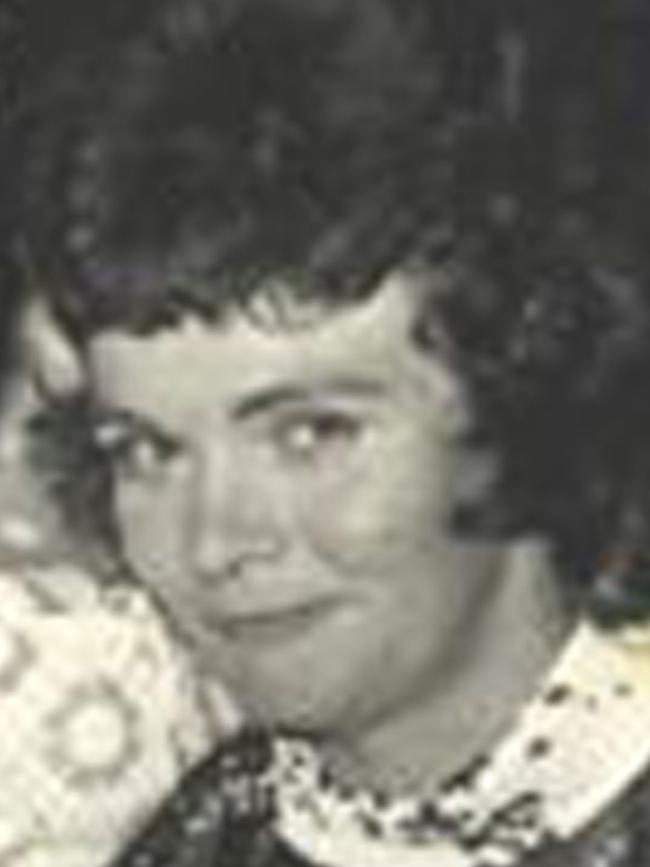
Missing persons who are most likely murder victims have often hit the too-hard basket after initial investigation didn’t produce an easy arrest. At least Victoria’s homicide squad, unlike their West Australian counterparts, tended not to “fit up” the first suspect they saw.
But they let a few killers through the net.
Veronica Green vanished on February 13, 1976. It appears that for most of the time since then, missing persons bulletins have implied she did not return from her city job that day, leaving her car at Albion rail station.
Now police seem to think she did return home from work before disappearing. If that’s true, it seems far more sinister.
It doesn’t prove she met foul play at home and that her car was planted at the station as a throw-off, but that scenario becomes hard to ignore.
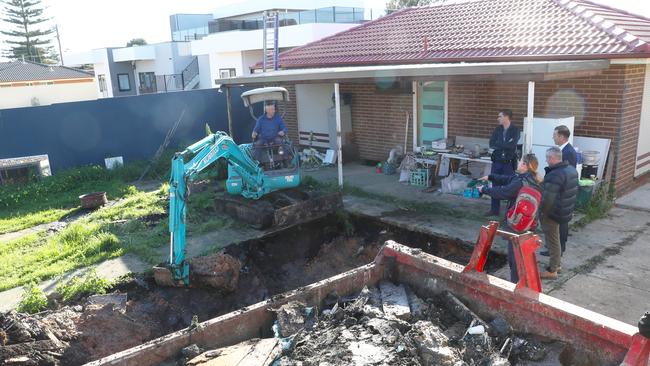
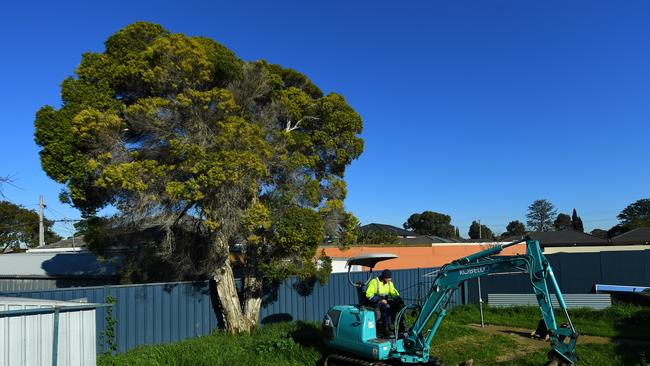
If she had really planned to run away, it makes sense she would go to work, or pretend to, then keep going. Perhaps one of her two daughters, shocked and frightened children in 1976, now remember she came home after all.
Unlike Veronica’s sister-in-law Margaret Medcraft and other relatives, daughters Penny and Jacqui are wary of accusing their father.
Bill Green died in 2006 so cannot defend himself from the obvious inference that if his wife didn’t run away to fake a new identity, he is the prime murder suspect.
It’s possible Veronica managed to commit suicide in such a way her body was never found. That long shot is the complication in the case because she had once attempted suicide, a symptom of depression arising from her husband’s behaviour and the fact she had been forced to give up her firstborn son for adoption before they married.
It is not unknown for people to commit suicide in a hidden location, perhaps by drowning. There is a theoretical chance, too, that she was abducted and her body concealed by a stranger. But statistics prove it’s far more likely a victim is killed by someone she knows. For women, the killer is usually an intimate partner.
That ugly fact presents a terrible dilemma for family members torn between grief for the missing person — and absolute denial that another loved one could be guilty of killing. Children (even as adults) often can’t face the idea that Dad killed Mum. Relatives of the missing naturally cling to the hope that somewhere, somehow, their loved one is still alive.
Sadly, plenty of cases prove the point. Borce Ristevski was supported for months by his grief-stricken daughter Sarah, who didn’t want to believe that he had killed her mother Karen. In the absence of a body, blind hope trumps brutal logic.

And traumatised people cling to existing relationships. After James Ramage killed his wife Julie in Balwyn in 2003, he still had a hold over his teenagers. Many children, having lost one parent, don’t want to lose the other as well, and block out a truth too terrible to contemplate.
There is example after example of “missing wives”, where murders have been covered up for years with a barely plausible story that some family members desperately want to believe despite circumstantial evidence.
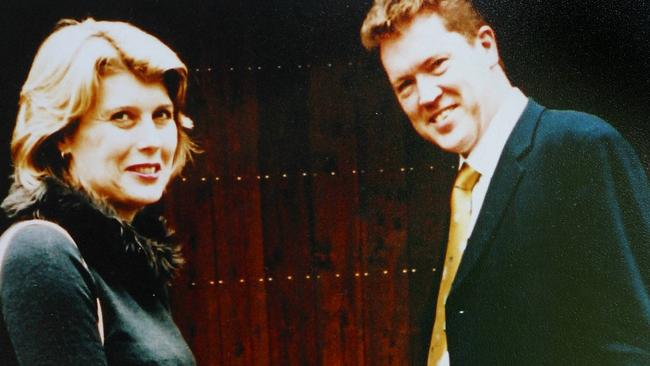
A chilling example of a missing woman being dismissed as a runaway is Marlene McDonald, a battered mother of five who had made it clear she would never leave her children.
Marlene vanished on a Sunday night, December 14, 1986. Because her car was later found where she worked as a waitress at the Truck City fuel stop on Melbourne’s outskirts, her husband was able to push the story that she had run off with a truck driver.
It would take the police 22 years to catch up with John Vincent McDonald’s web of lies and a murder conspiracy that resulted in convictions against him and the arrest of three others.
McDonald’s guilt might have shocked people, but it did not surprise many who knew him. Family friend John Gaffney, a respected Kilmore horse trainer, recalled getting a telephone call from the terrified Marlene one Christmas Day some time before her disappearance.
The kindly Gaffney immediately drove to the McDonalds’ home and found the frightened woman with her younger children clinging to her legs. The wife beater had disabled her car to trap her into staying, but Gaffney made him replace the car part so she could leave.
When Marlene vanished, Gaffney suspected John McDonald and he wasn’t alone. Close relatives thought the same but kept quiet because they had no solid evidence — and, besides, who was going to look after Marlene’s kids if their father didn’t? Wasn’t it better to have a father at home than in jail?
Evidence was eventually presented that Marlene’s own father and another relative, wearing masks, had beaten her up for leaving her husband. They called her “whore” and “slut” and dragged her to a dumpster, warning that’s where she would go if she didn’t return to her husband.
Marlene’s father was often quoted after her disappearance saying he would “settle for bones”, meaning he and his wife wanted to be able to bury her remains in accordance with their Catholic beliefs. But the daughter basher never got his wish. He died before any arrests were made — and Marlene’s bones were never found for priests to pray over.
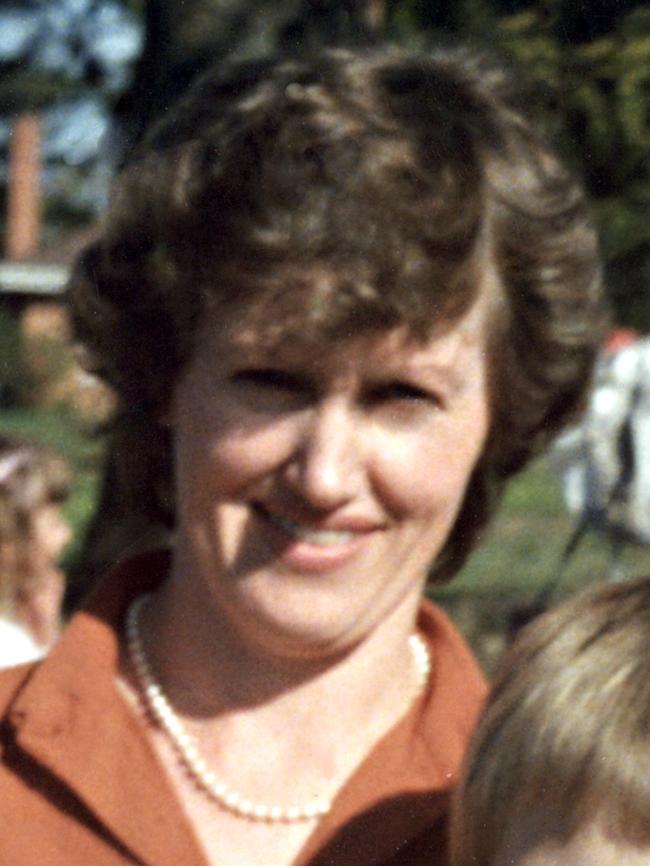
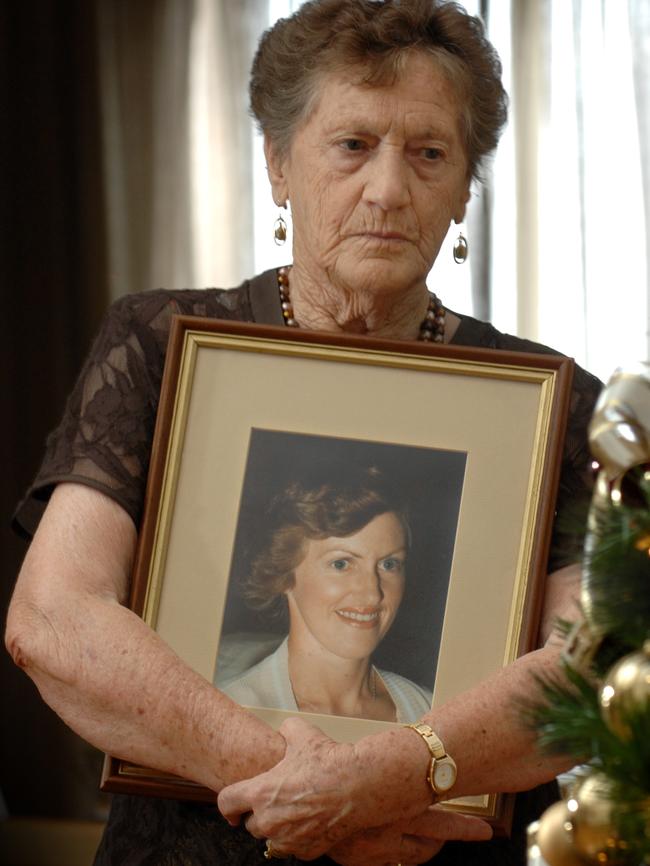
Slipshod early police work didn’t help. When detectives wondered about examining the Reservoir house where Marlene had been living, they assumed it had been demolished.
The truth, easily found if they’d asked neighbours, was that it had been moved to Bendigo. It was there, after a reward was finally posted in 2007, that investigators found vital evidence.
McDonald was arrested in late 2008, 22 years after claiming his wife had run away with a truck driver. He wasn’t the first wife killer to come up with the truckie cover story, but that didn’t stop some believing it, including police asleep at the wheel.
Detectives had heard it before from Welsh-born carpet layer Fred Boyle, who claimed that Edwina had run off with a truckie named “Ray” when she vanished from the family home near Dandenong in 1983, leaving behind all her clothes and her car.
The “truckie” story was bogus. It wasn’t Edwina who had been having an affair, it was Fred. His new woman moved into the house two days later.
The fictitious truck driver’s name prompted police to check if Edwina Boyle had ever met murderer Ray “Mr Stinky” Edmunds, who lived near a poultry farm where Edwina worked for a while. The real killer was closer to home. So was the DIY “detective” who solved the case.
Edwina Boyle’s British relatives had never believed she would vanish voluntarily without sending them Christmas and birthday cards as she always had. Their scepticism was shared by a son-in-law Edwina never met, Michael Hegarty, who moved into the family home with one of the Boyle daughters years later.

Hegarty was suspicious about a 44-gallon drum that Boyle brought with him when he moved house. At first, Boyle claimed it was carpet glue. But when asked why he didn’t use it, he switched to saying the glue was “toxic” and could not be safely dumped.
Hegarty opened the drum with an angle grinder. He found a handbag and a hessian bag. Later, he found the hessian bag stuffed into a rubbish bin. This time he opened it and found bones and a skull. In the skull was a .22 calibre bullet hole.
Case solved without any help from the homicide squad, which in the 1980s had key members distracted by other matters. Such as trying to obscure the killing of Jennifer Tanner in a farm house at Bonnie Doon, plus the death of sex worker Adele Bailey, whose remains were found in a mine shaft nearby.

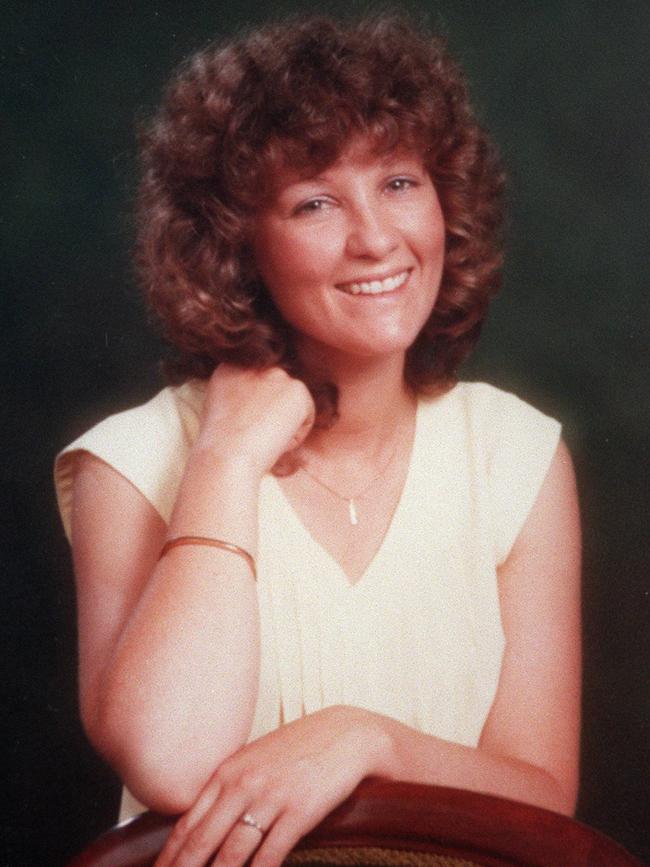
Like the Tanner case, the Green case was clouded by misinformation. Someone was able to skew the missing persons “investigation”: missing persons bulletins blindly stated Veronica Green had been sighted by family members and that it was believed she had a truck driver's licence. Both claims were ridiculous but were repeated for years.
Then there was Bill Green’s erratic behaviour. He sold the house hurriedly, aborted a move to Queensland, driving back to Victoria after little more than an hour, and later bought back the Ardeer house. Then, intriguingly, he dug up the back yard for a swimming pool.
Every family has skeletons in the cupboard. But whether there is one in the backyard of the Ballarat Rd house is another thing.
If police find something, it will make a case against Bill Green. If, as seems likely, they find nothing, it hardly proves his innocence.
His daughters, now mothers themselves, will know if their father had promised them a swimming pool for years. Or was it a strange and sudden decision that had nothing to do with swimming and everything to do with moving evidence, hidden in plain sight?

